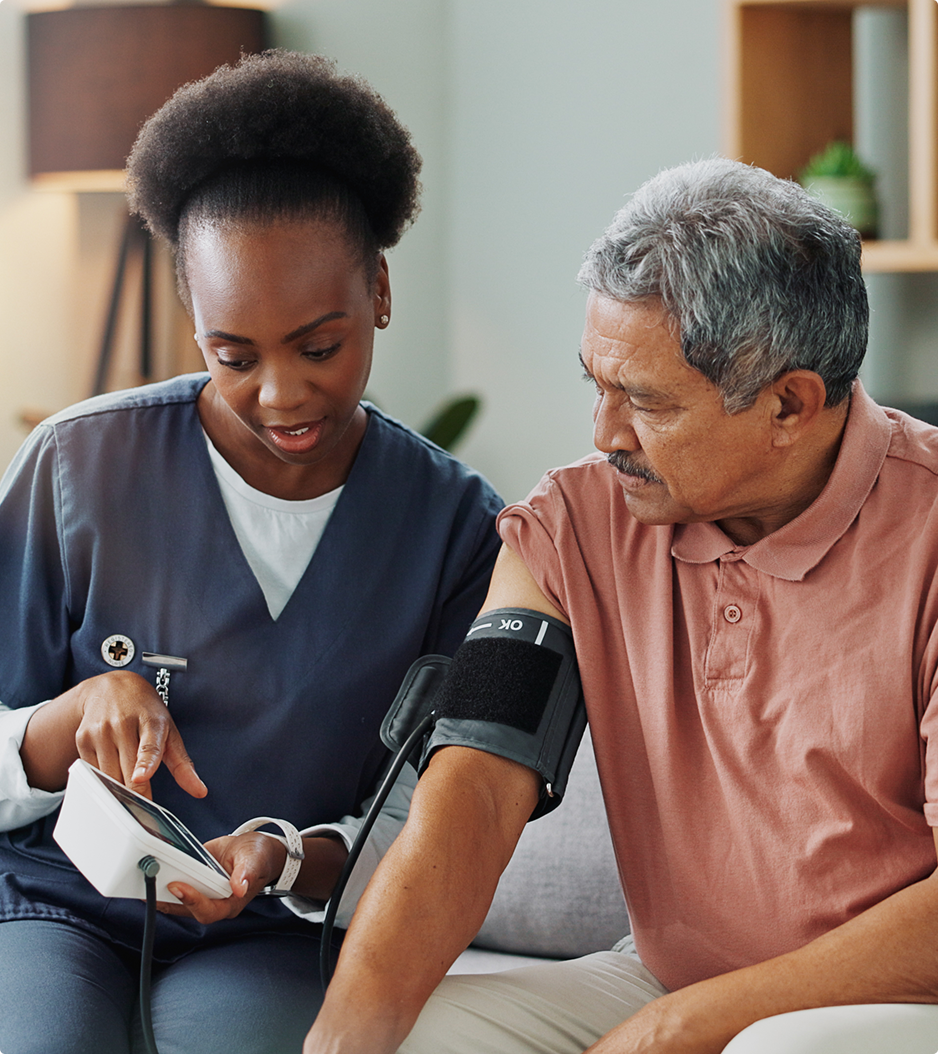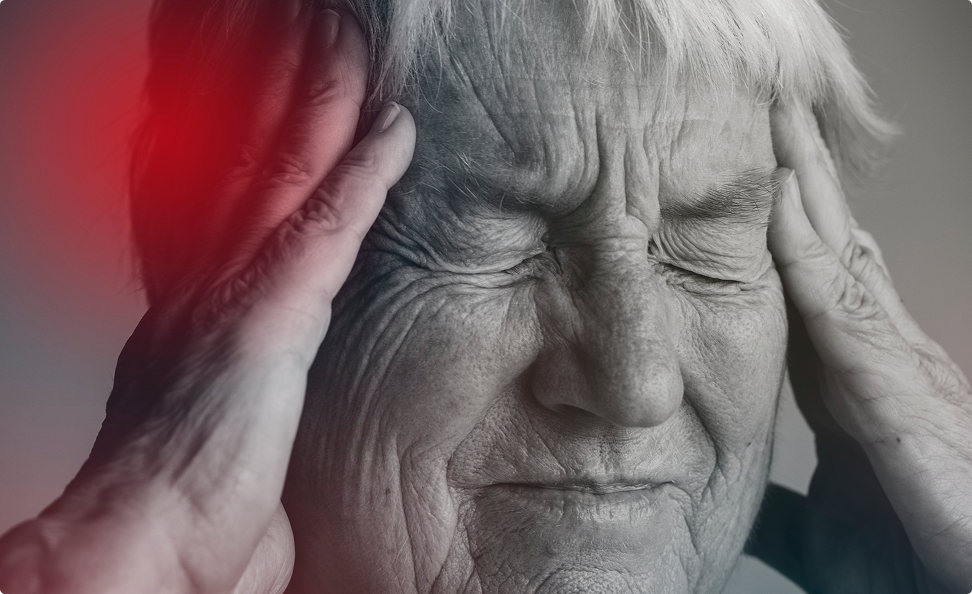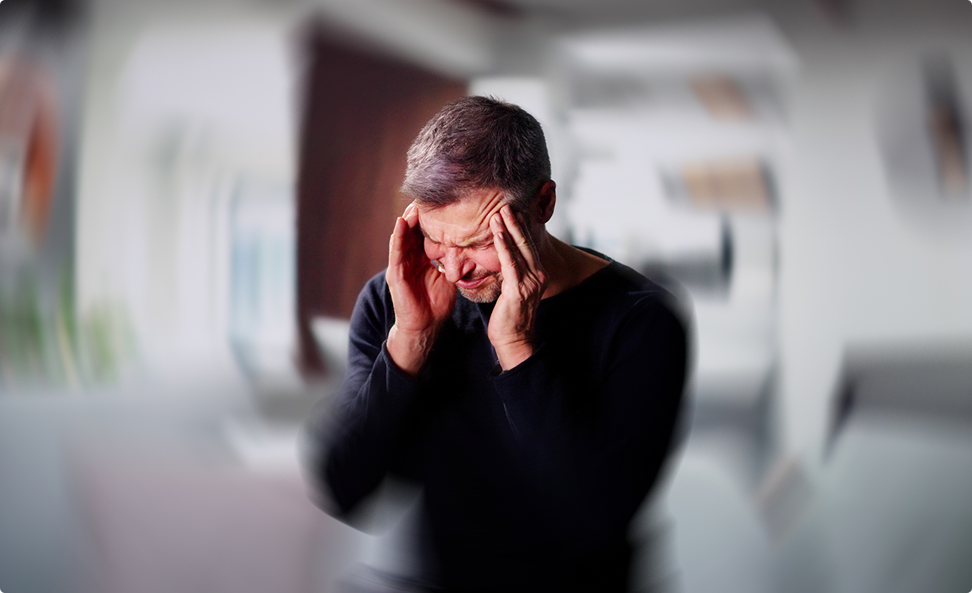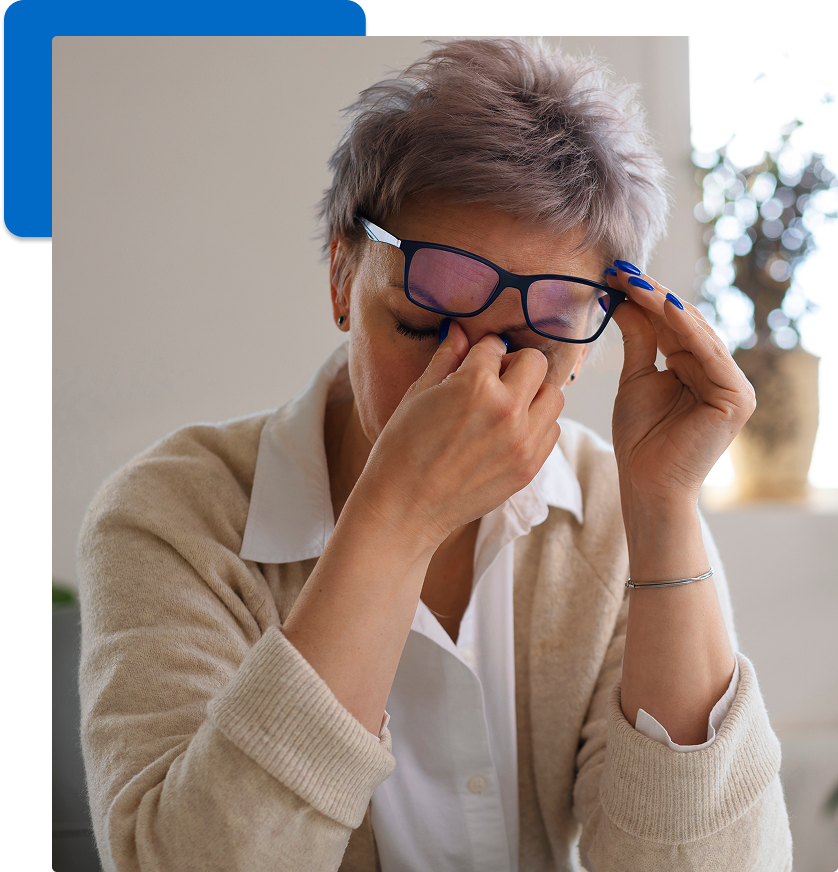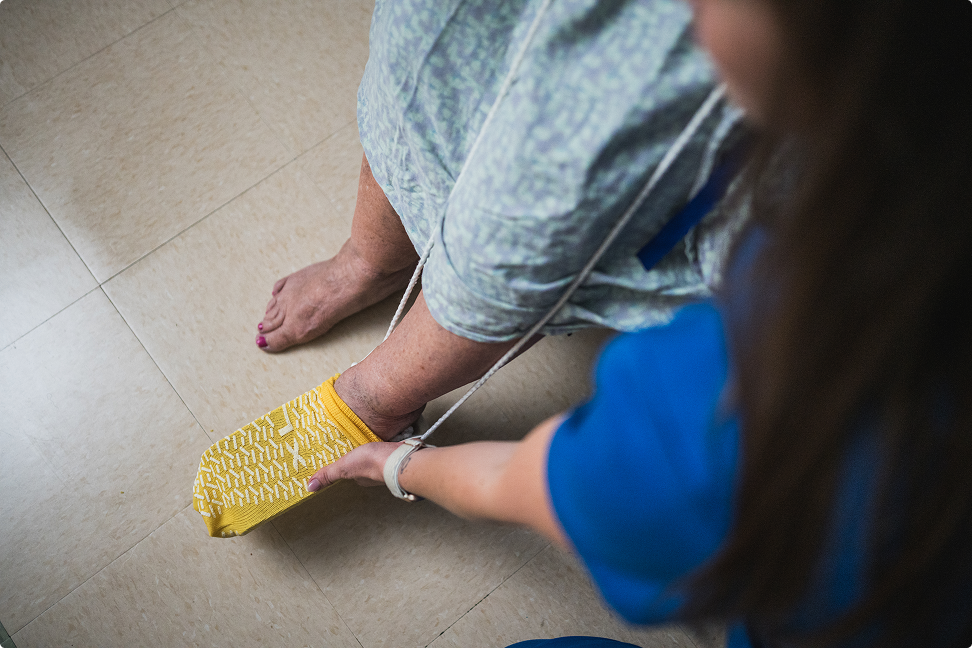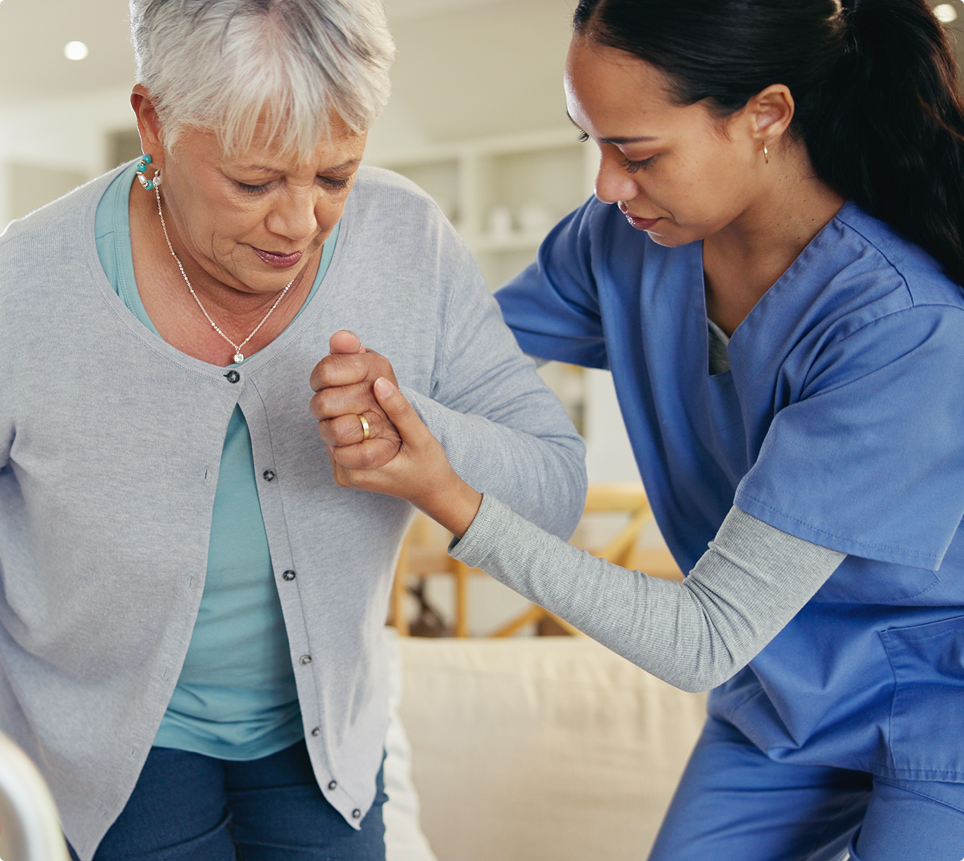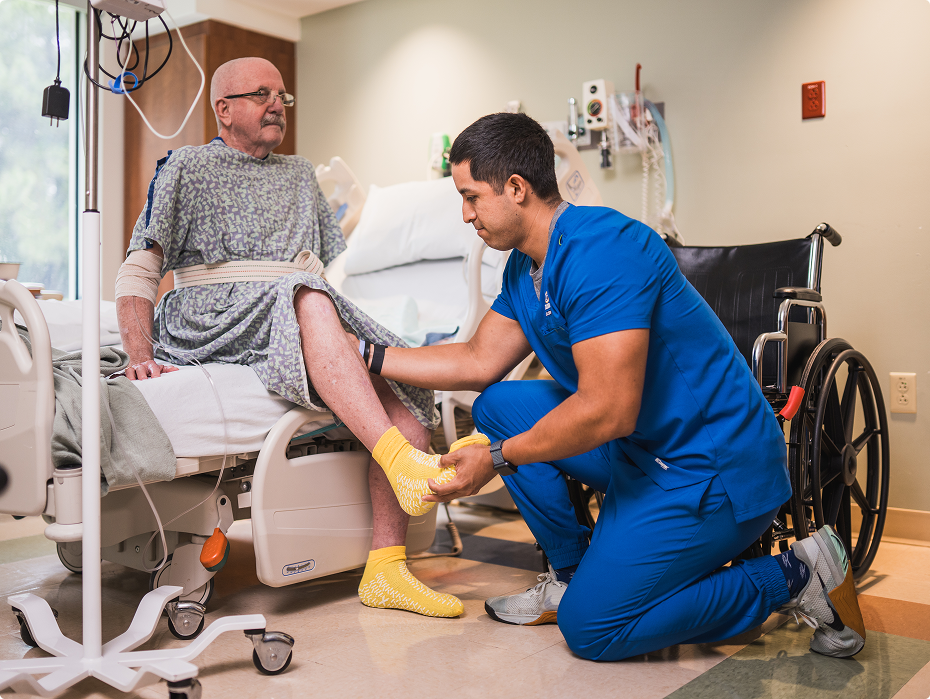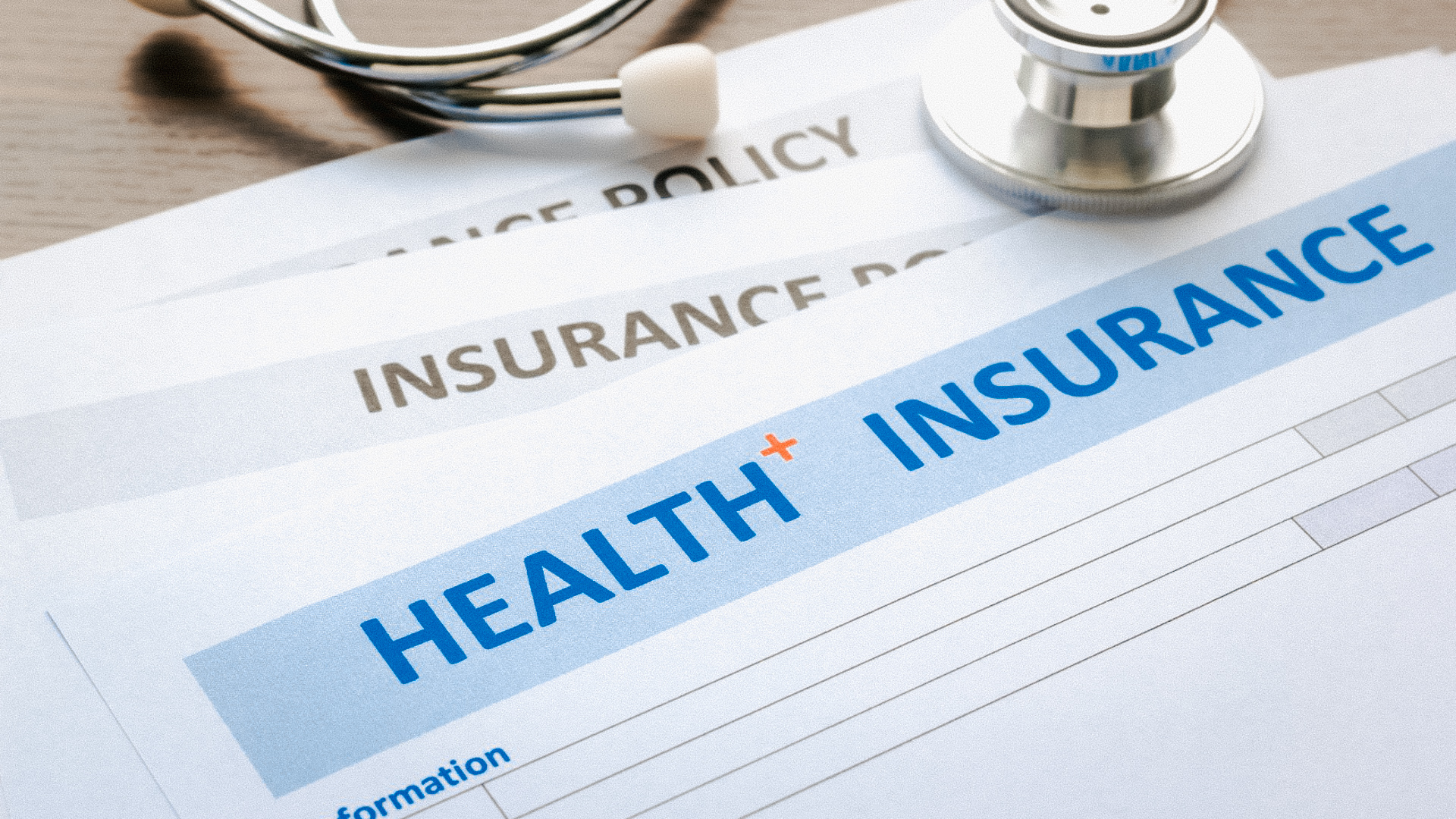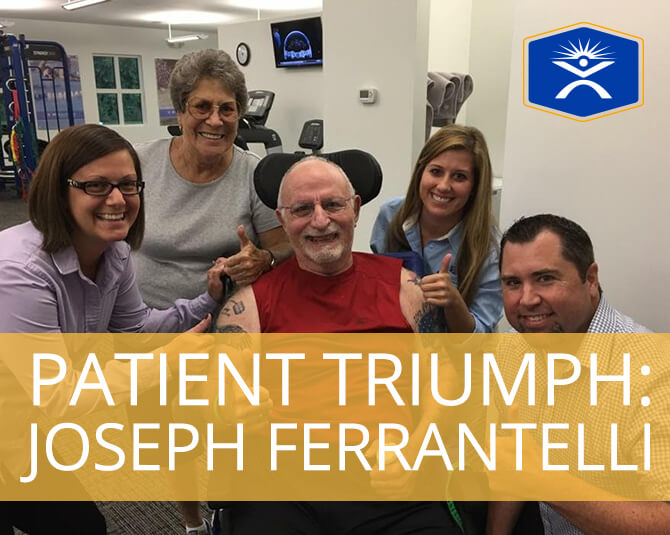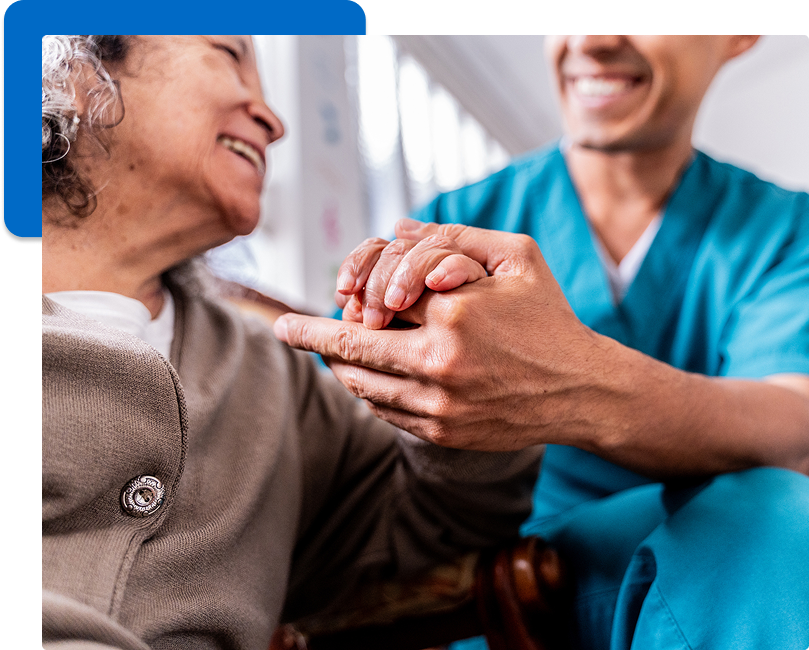
Understanding Strokes
What Is a Stroke?
Stroke rehabilitation is a type of neurological rehabilitation. This can involve physical, occupational, speech and even vestibular therapy. Whether the stroke was mild or severe, rehabilitation can help.
A stroke is a serious medical condition that occurs when the blood flow to part of the brain is interrupted or reduced. It’s a medical emergency that requires immediate attention. The faster you receive treatment, the better your chances of recovery and minimizing long-term effects.
